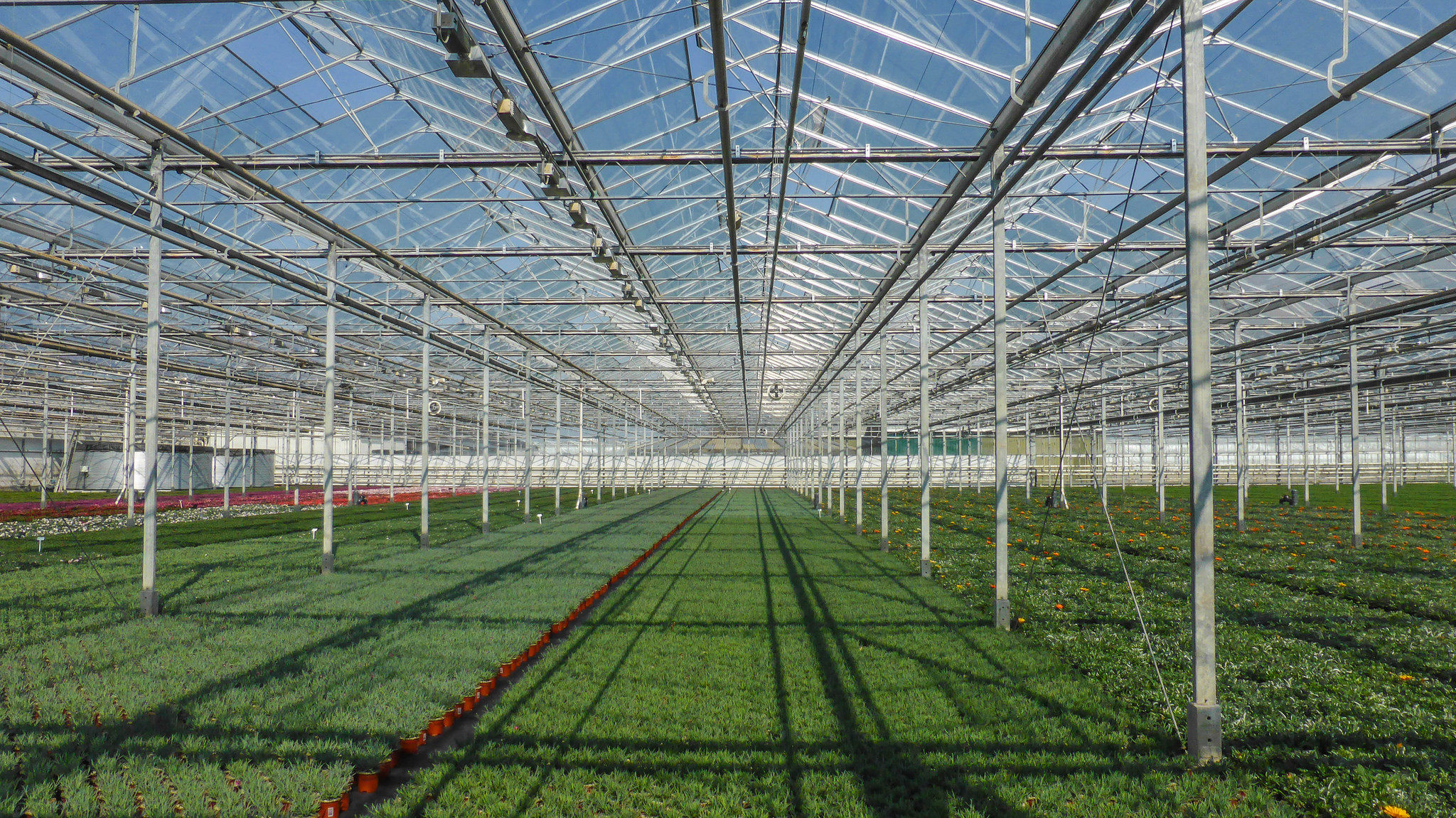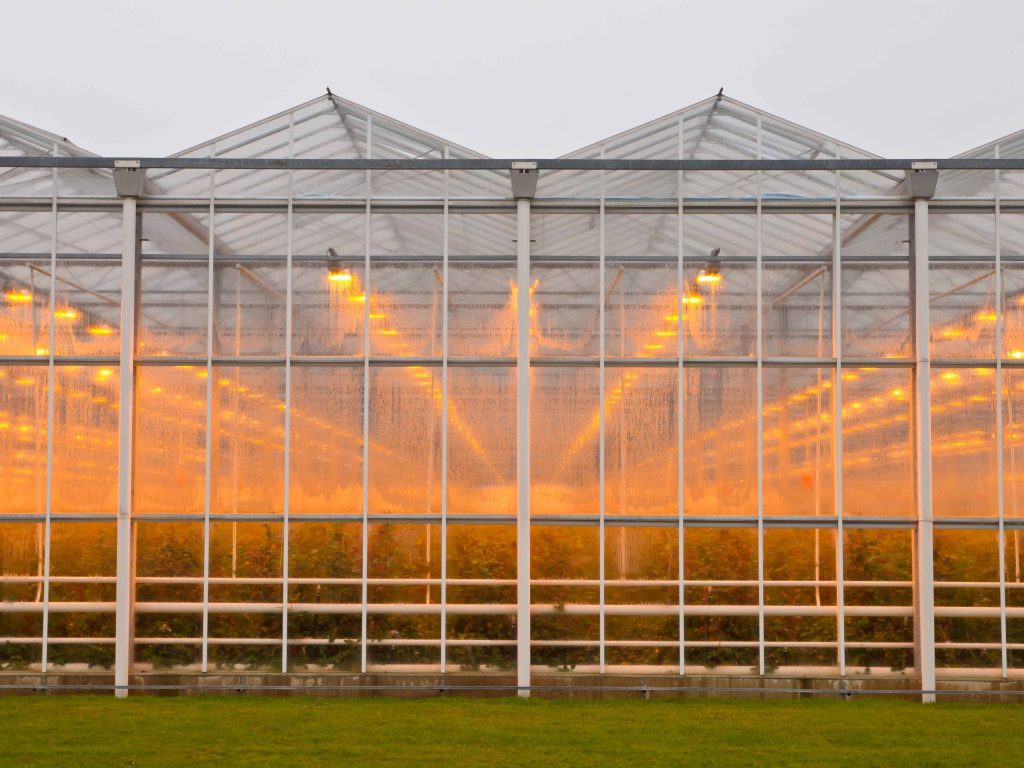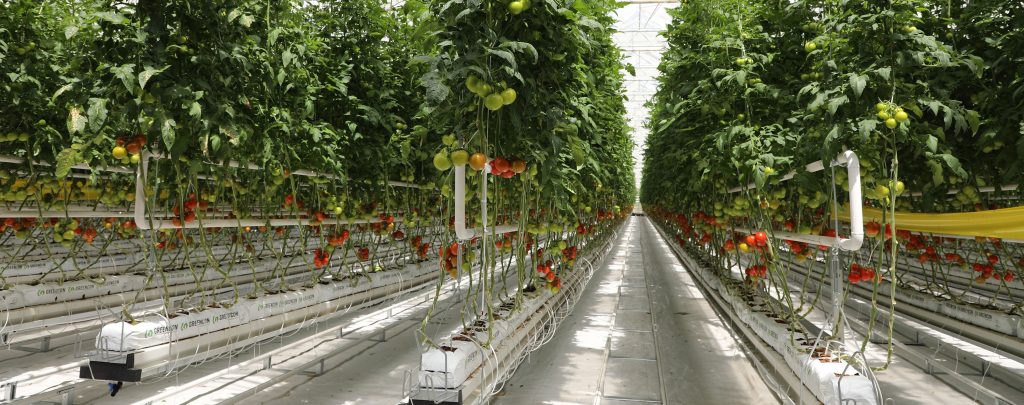
Geothermal energy can be an effective and sustainable way to heat greenhouses, which is a crucial factor in the growth and success of many plants. By using the stable, year-round temperature of the ground, geothermal energy can provide a reliable and low-cost source of heat for greenhouses.
Here are some ways geothermal energy can be used for greenhouses:
Geothermal heat pumps: Geothermal heat pumps can be used to provide heating and cooling to greenhouses. These systems use the ground as a heat source in the winter and a heat sink in the summer. The heat is transferred to or from the greenhouse using a network of pipes, which circulate a fluid, such as water or antifreeze, to transfer the heat.
Direct use of geothermal water: In areas with high geothermal activity, hot water from geothermal wells can be used directly to heat greenhouses. The water is circulated through pipes in the greenhouse to provide heating, and the cooled water is then returned to the ground.
Ground-source heat exchange: Ground-source heat exchange involves burying pipes in the ground to exchange heat with the surrounding soil. The heat is transferred to the greenhouse using a heat exchanger, which can be used to provide heating and cooling.
Geothermal energy can provide several benefits for greenhouse operations. By using geothermal energy to heat greenhouses, farmers can reduce their energy costs and their greenhouse gas emissions. Additionally, geothermal energy can provide a stable source of heat, which can lead to improved crop yields and higher quality produce.
However, the upfront cost of installing a geothermal heating system for a greenhouse can be significant, and may not be feasible for all farmers. The availability of geothermal energy in some regions may also limit the use of this technology. Nonetheless, for farmers who have access to geothermal energy, using it to heat greenhouses can be a sustainable and effective way to support their operations.
Geothermal Heat for Greenhouses
Soil and water below ground contain a vast reservoir of thermal energy. Geothermal heating systems recover this energy and convert it to heat that can be utilized in greenhouses and other buildings. Geothermal heat resources can be classified into three categories: low, medium, and high temperature.
Soil and water below ground contains a vast reservoir of thermal energy. Geothermal heating systems recover this energy and convert it to heat that can be utilized in greenhouses and other buildings.
Types of Geothermal Resources
- Low temperature (50°F +/-). The soil temperature at the surface varies considerably over the year and closely follows the air temperature. At the 5 to 6 foot depth, the temperature is more uniform, averaging about 50°F with a variation that depends on soil characterisitcs and the environmental conditions above ground level. There is also a lag time of about 8 weeks between the maximum surface temperature and the maximum soil temperature at this level which is helpful in winter heating and summer cooling. For the greenhouse production of perennials, herbs, nursery stock and some vegetables. This low grade soil heated air or can be used directly, or, for heating the greenhouse to a higher temperature, a heat pump can be used. Heat pumps are available as air to air, air to water, water to water or water to air systems.
- Medium temperature (140-300°F). Thermal wells and springs in some parts of the world can provide hot water that can be used directly for heat. There are dozens of greenhouse operations in the Rocky Mountain and West Coast states that are heated by medium temperature geothermal energy. The heated water that comes from the ground is distributed through fin radiation or root zone heating.
- High temperature (>300°). The steam from geysers in California, Nevada and Utah is being tapped for power generation but not for greenhouse heating. Currently there are about 20 sites in operation with several more under construction. These produce power for 5-8 cents/kW hr.
What is geothermal greenhouse?
Geothermal heat produces heat from the ground. A singular heat source dispenses heat into a tubing system that runs under the ground of the greenhouse. The heat is constantly circulating and reused to create the perfect environment for the greenhouse.
Reinjection
helps to maintain the pressure level in the reservoir. Another important benefit of reinjection is by continuous flushing of the rock matrix by the cooled water, the recoverable energy from the reservoir substantially increases.
Geothermal power
plants largely release only excess steam, with most plants discharging no air or liquid. This makes geothermal power plants a clean source of electricity and an important contributor to the nation's zero-carbon future.
Geothermal energy
is considered one of the most efficient and sustainable types of energy because it's a clean, reliable, and renewable resource. It uses the heat inside the earth's surface to generate electricity and provide heating and cooling.
Geothermal sources
are a renewable energy and will never deplete. Abundant geothermal energy will be available for as long as the Earth exists. It is a renewable energy source from the heat generated by the earth's internal core and is available 7/24/365.

Low carbon energy families:
Geothermal has some of the most potential with the fewest drawbacks.
Solar panels are capable of generating power with zero emissions. The generated power can be used to feed your energy demand, perfectly replacing conventional energy needs with green energy. Every kilowatt of green energy can reduce your carbon footprint by 3,000 pounds annually.
Wind energy is a viable alternative of fossil fuels. It does not emit CO2 or other air pollutants. It runs virtually carbon free for its lifetime.




